What is a Chronometer? (Explanation by Hajime Asaoka)
Around 300 years ago, in 1714, the British Parliament enacted the “Longitude Act.” At that time, maritime accidents were frequent, and the “Longitude Act” offered a reward to anyone who could develop a method to accurately measure a ship’s position during a voyage. To determine a ship’s exact location, accurate measurement of longitude was necessary, and to achieve this, a clock with a daily rate precision within seconds was required. These clocks used for longitude measurement were called “chronometers.”
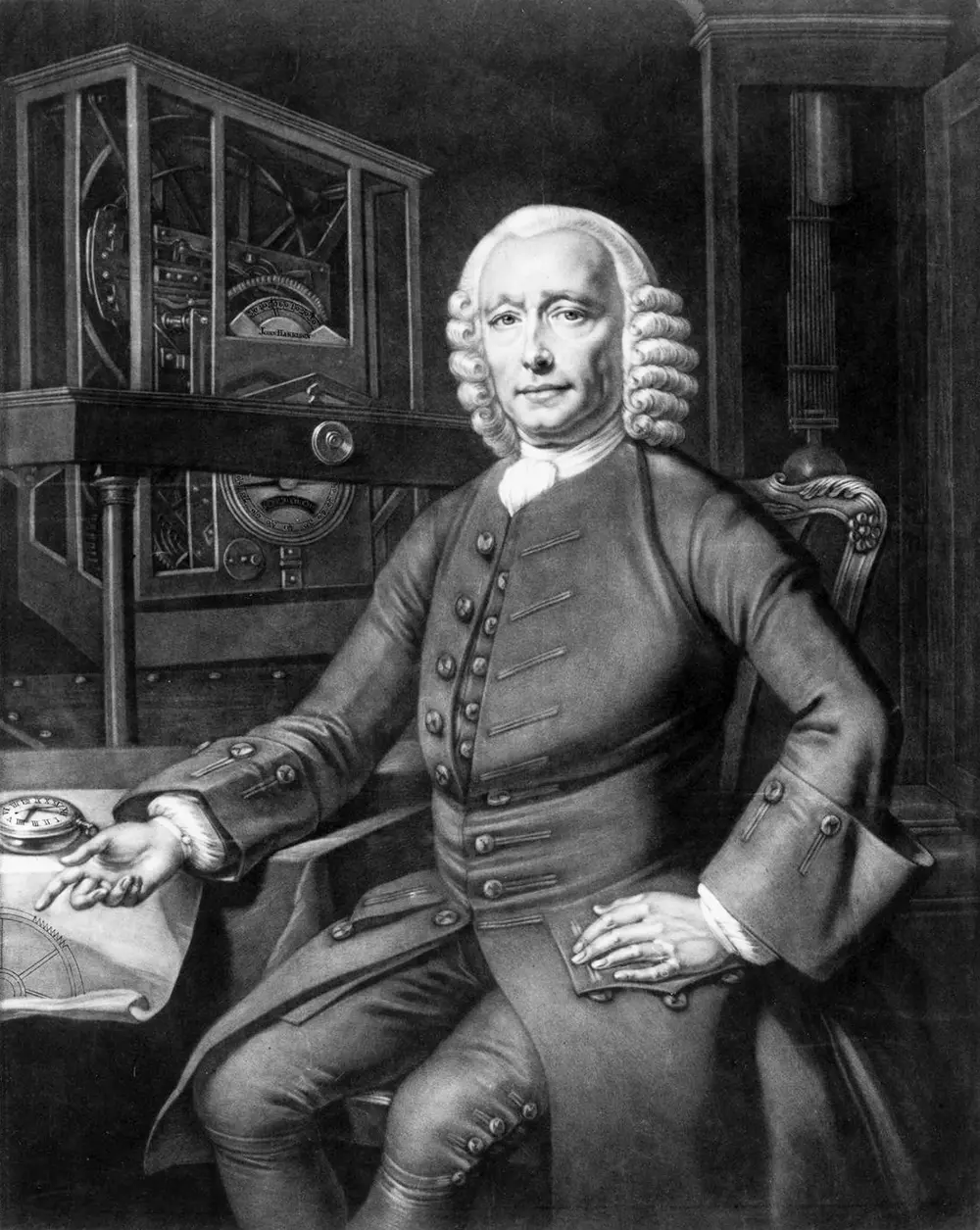
Achieving precise timekeeping at sea, where the waves constantly rock the ship and temperature fluctuations are extreme, was a tremendous challenge—even with modern technology. However, the chronometer developed by British watchmaker John Harrison was the first to successfully meet these rigorous demands. His initial model, named “H1,” was completed in 1735.
The current chronometer standards have their origins in this “Longitude Act,” and today, any clock that meets these conditions is awarded the title of “chronometer.” A “chronometer” is adjusted to be almost unaffected by changes in position or temperature, as this was a necessary condition to withstand the harsh conditions of maritime voyages and accurately determine a ship’s location.
So, how was the accuracy of chronometers verified? Before the advent of quartz watches and more accurate atomic clocks, precise timekeeping was achieved by observing the movement of fixed stars in the night sky. This responsibility fell to observatories. While observatories are generally known as institutions for stargazing, their original purpose was to measure time. Incidentally, the chronometer developed by John Harrison was tested at the Royal Observatory in Greenwich, England.
As such, the development of timepieces has been closely tied to navigation, with England and France particularly leading the way in the development of accurate timepieces—specifically chronometers. One of the institutions responsible for these tests is the Besançon Observatory in France, which currently conducts the tests for the certification of TAKANO watches.
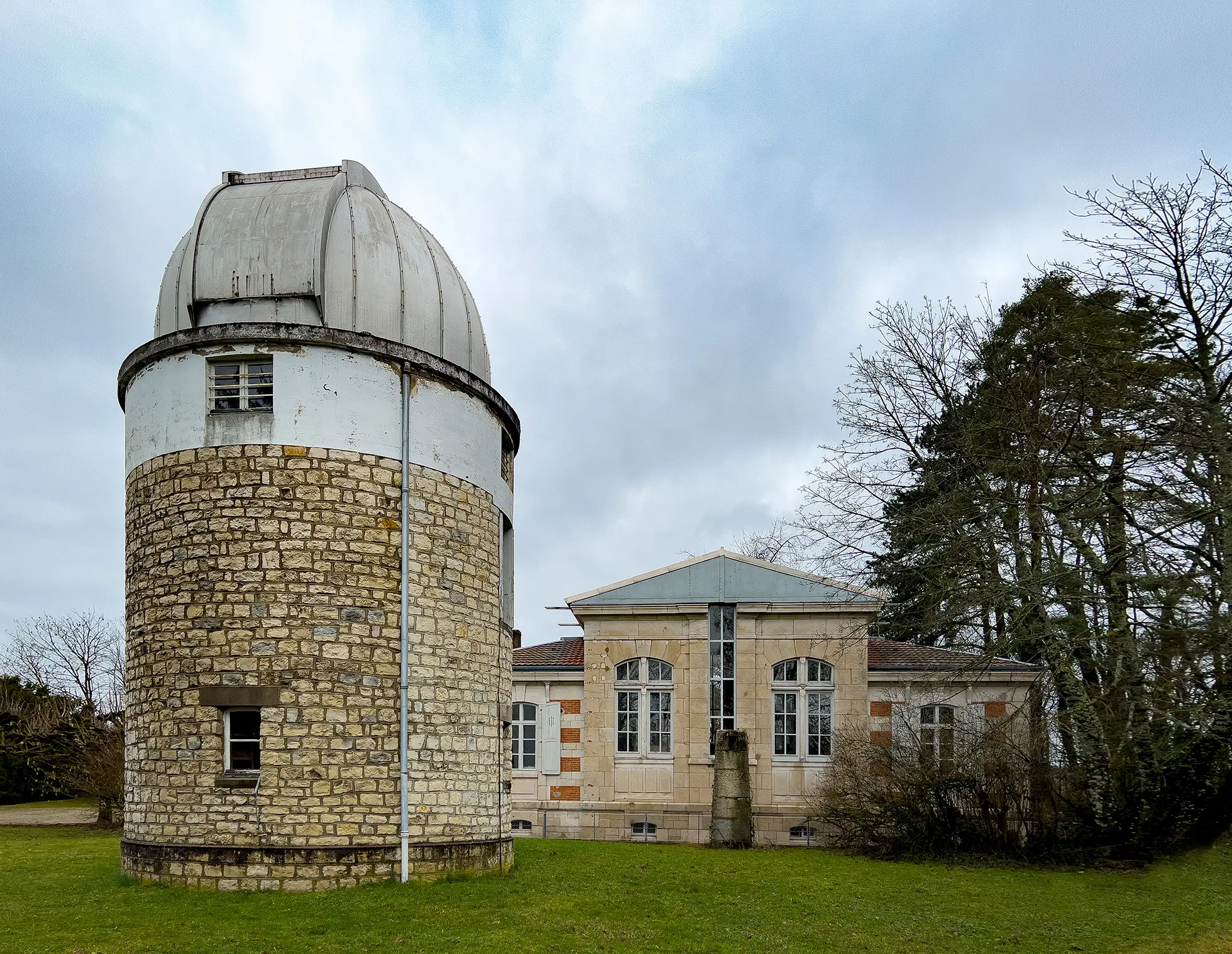
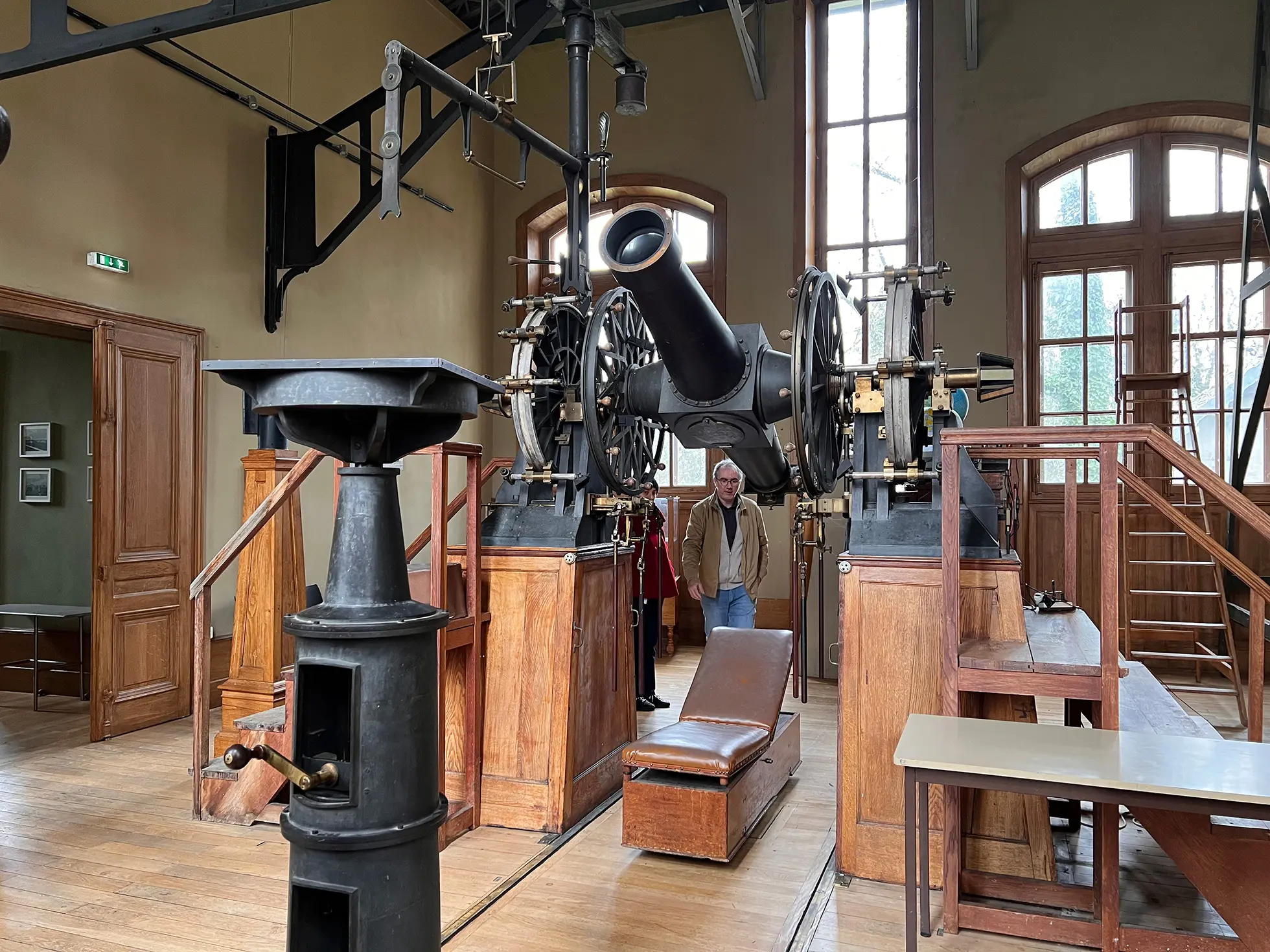
Chronometer Adjustment at Precision Watch Tokyo (Explanation by Hajime Asaoka)
Maintaining the accuracy of a mechanical watch when it is placed in a flat position is relatively easy. However, keeping the same level of precision when the watch’s position changes—especially when the dial is oriented vertically in different directions—becomes significantly more challenging. To achieve this, it is necessary to individually adjust the balance wheel, which serves as the watch’s regulating mechanism.


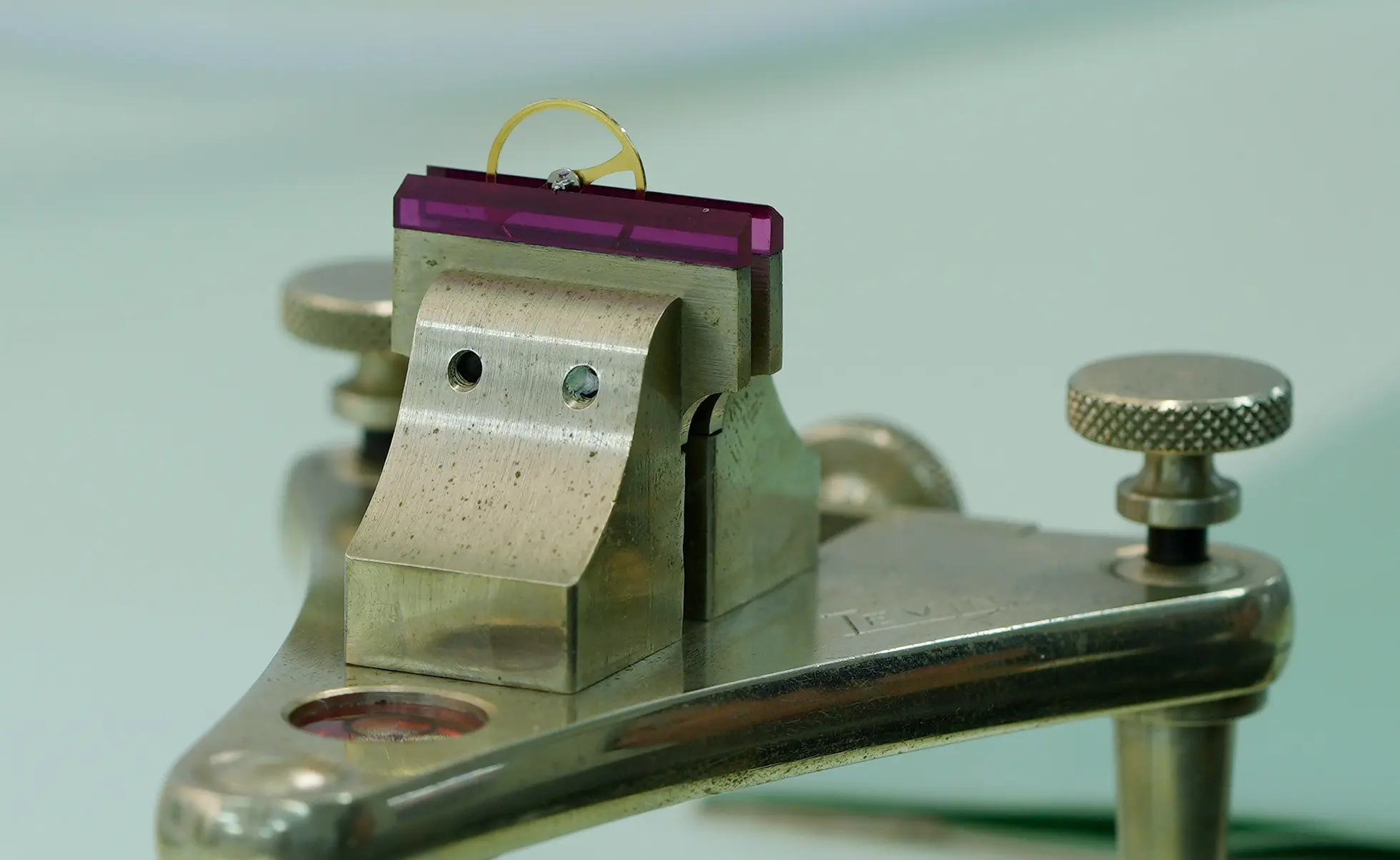
The adjusted watch is first tested at PWT according to chronometer standards. The image shows a timegrapher device, and the room temperature during testing is also set to match chronometer measurement standards. High-temperature tests, on the other hand, are conducted in a dedicated chamber.
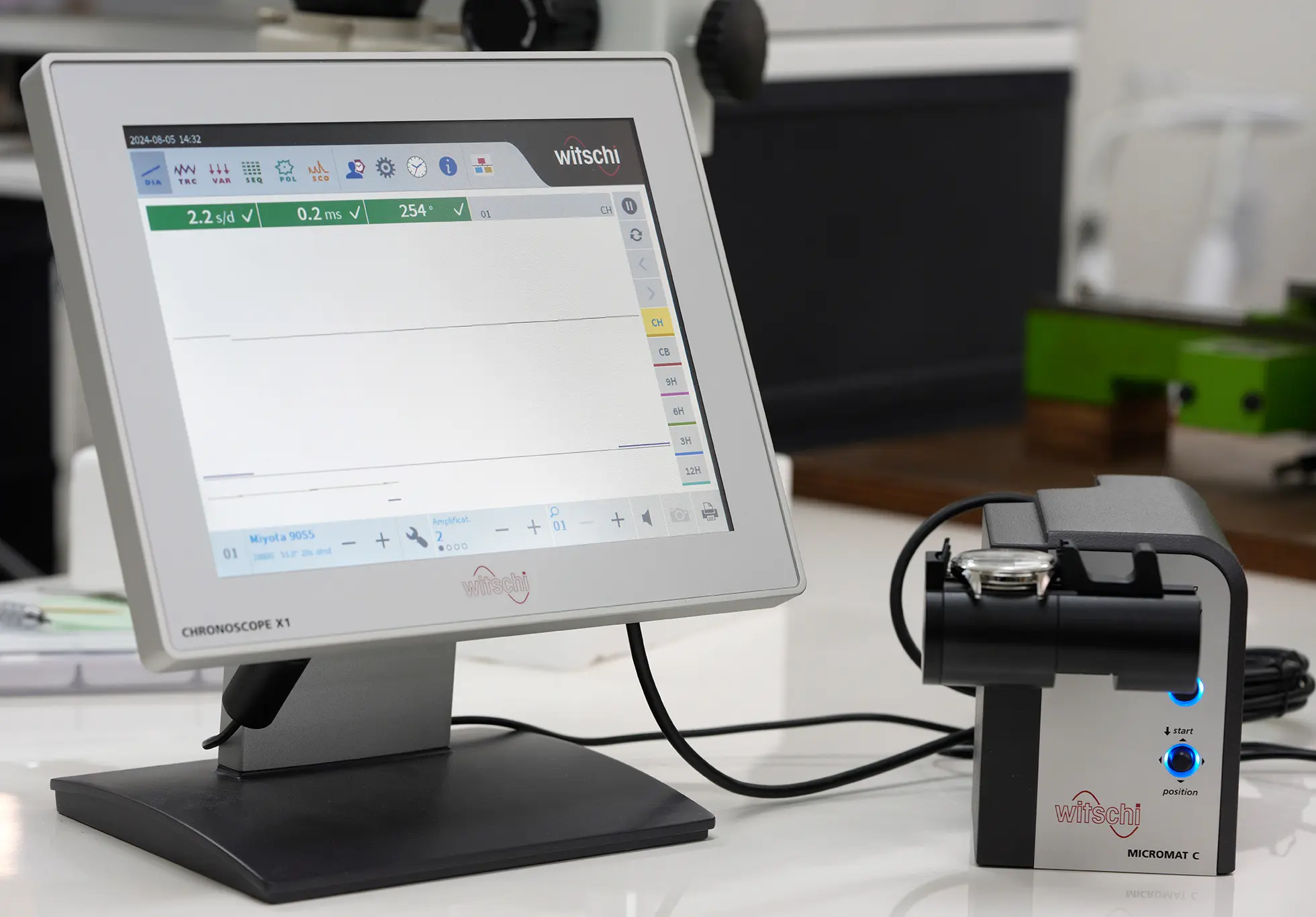
The fully adjusted watch at PWT is placed in a specially designed transport case with anti-magnetic protection and sent to Besan
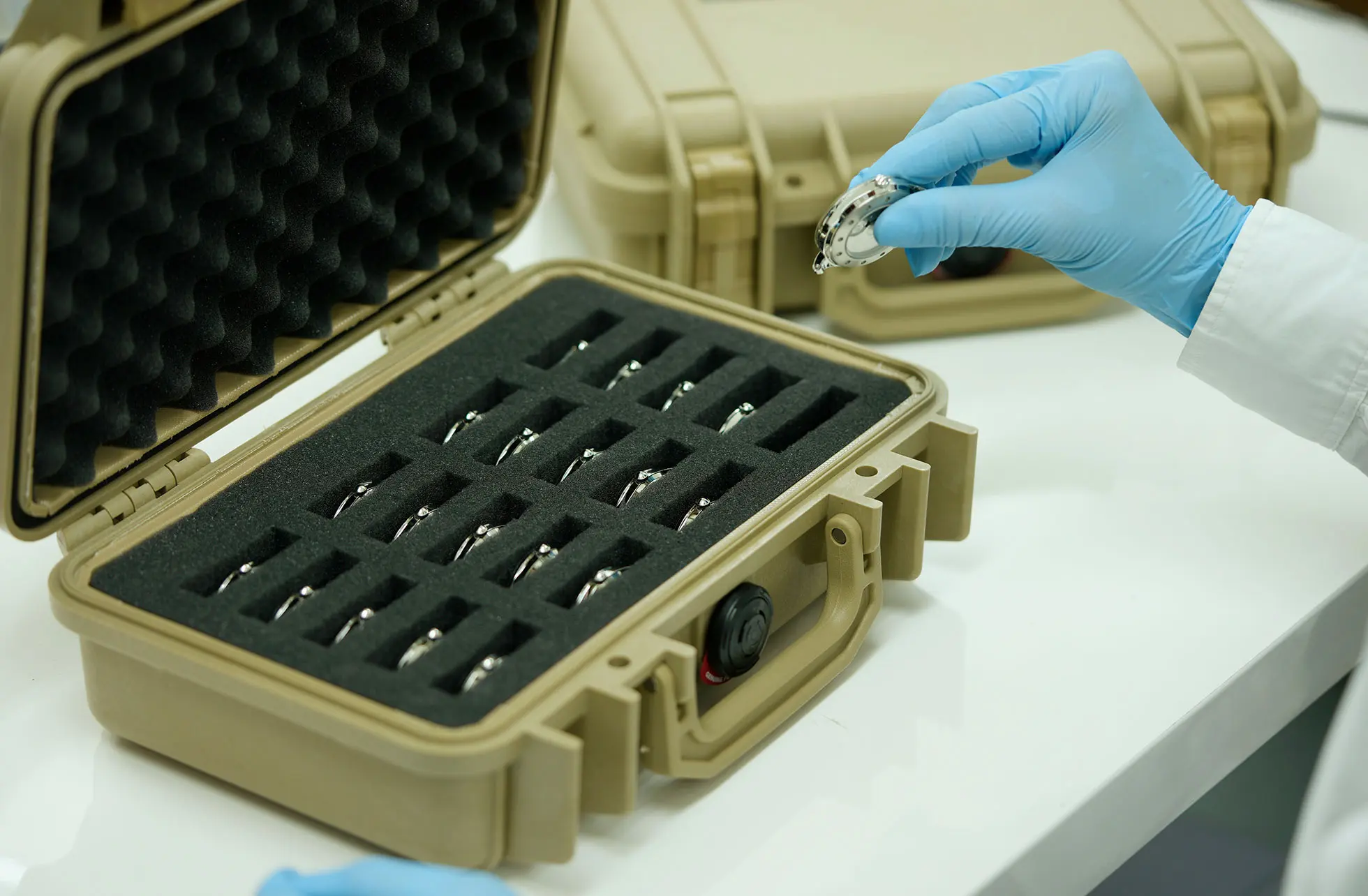
The reference clock in Besançon Observatory is now an atomic clock, which is strictly maintained in a temperature-controlled chamber, as seen in the image. Incidentally, before the international standard for timekeeping was changed to atomic clocks in 1967, meridian circles were used for this purpose.

The measurement is conducted using an atomic clock as the master reference, with computer software analyzing images of the watch dial to determine its accuracy.

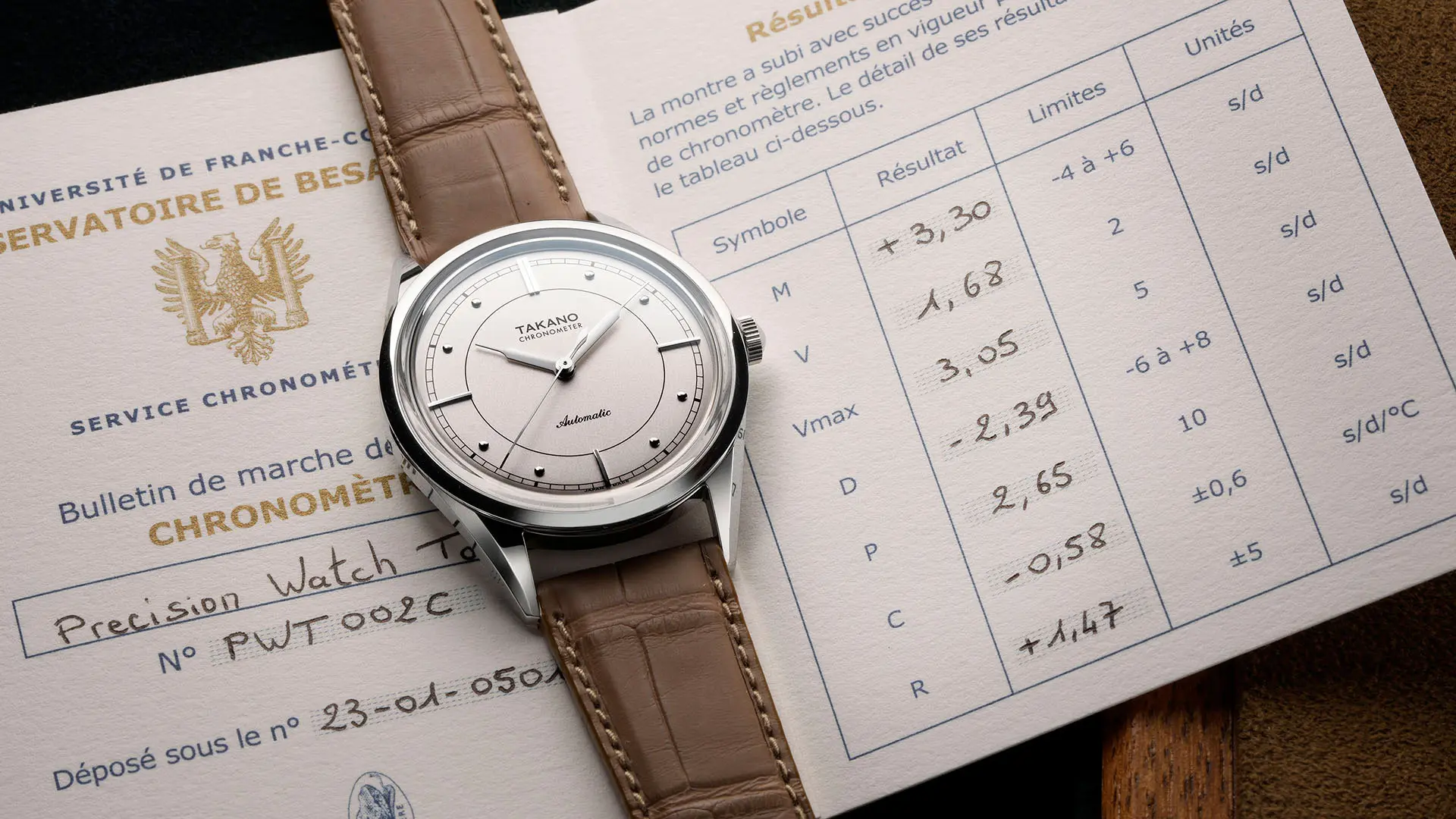
The first pass rate for the TAKANO Chateau Nouvel Chronometers at the Besançon Observatory was only about 30%, but in recent days, this pass rate has gradually increased. Moving forward, we hope to deliver TAKANO Chateau Nouvel Chronometer watches that have passed these rigorous tests to your hands.
Please look forward to TAKANO in 2025.